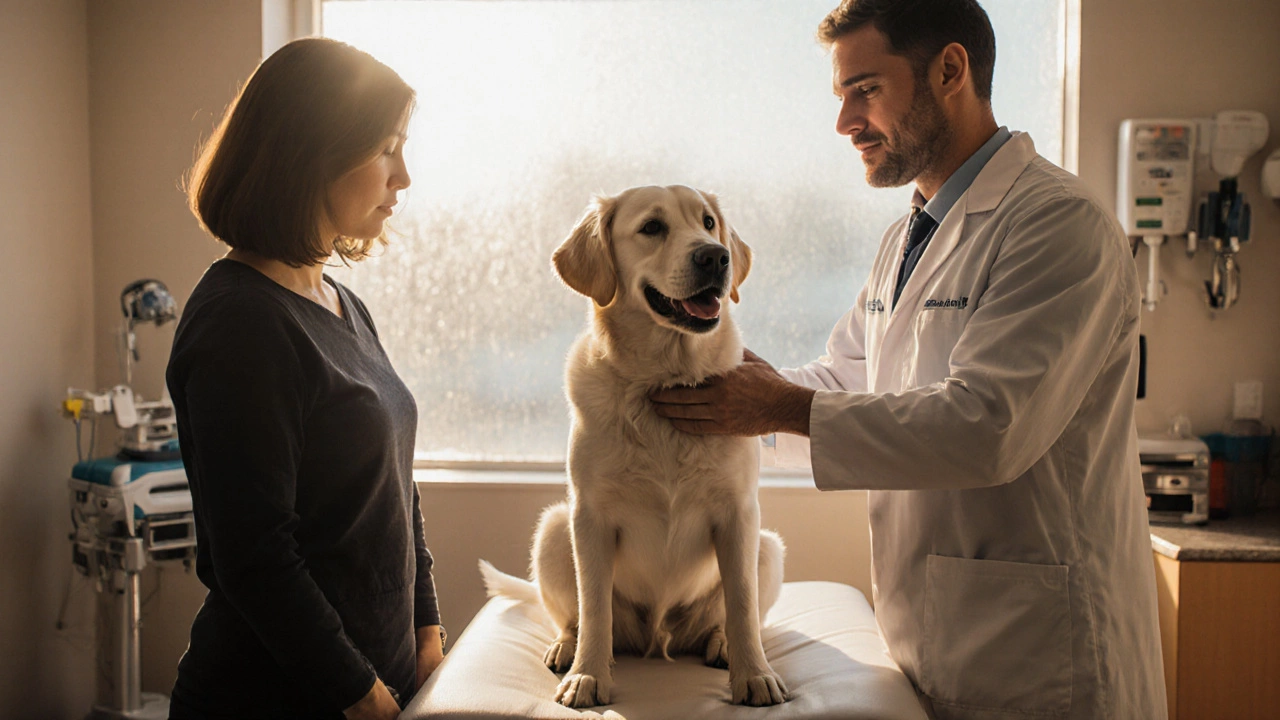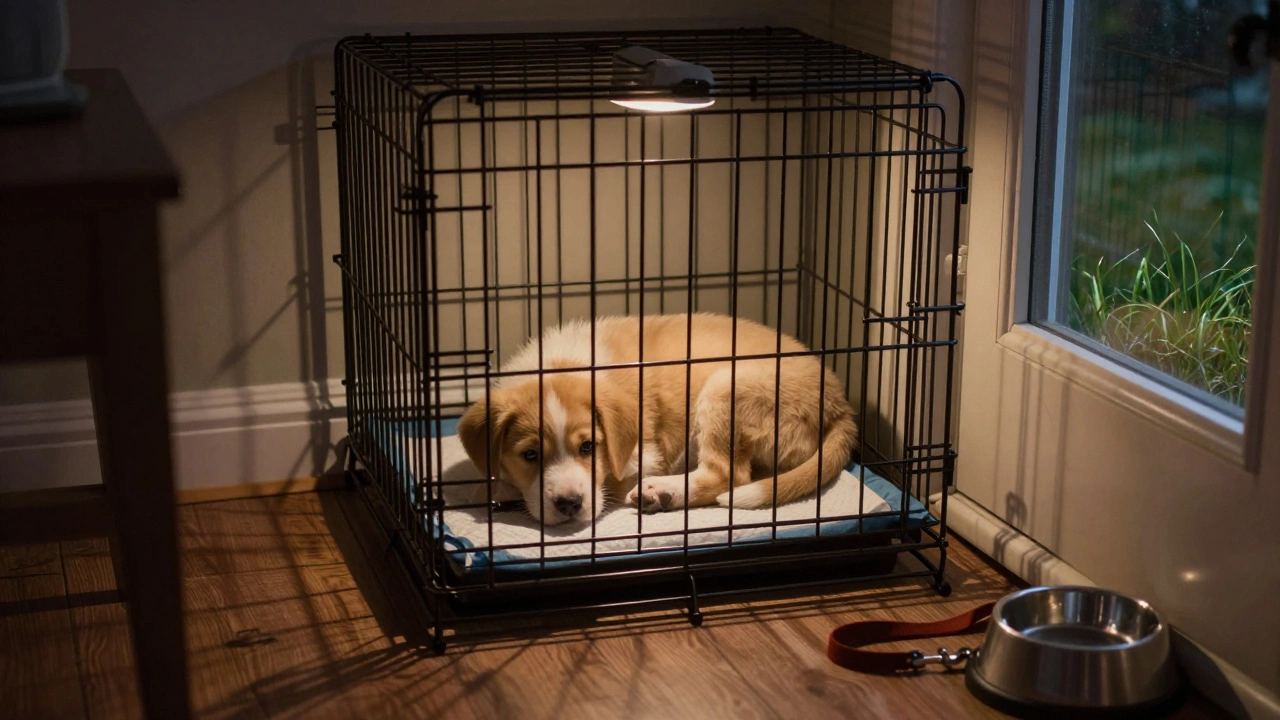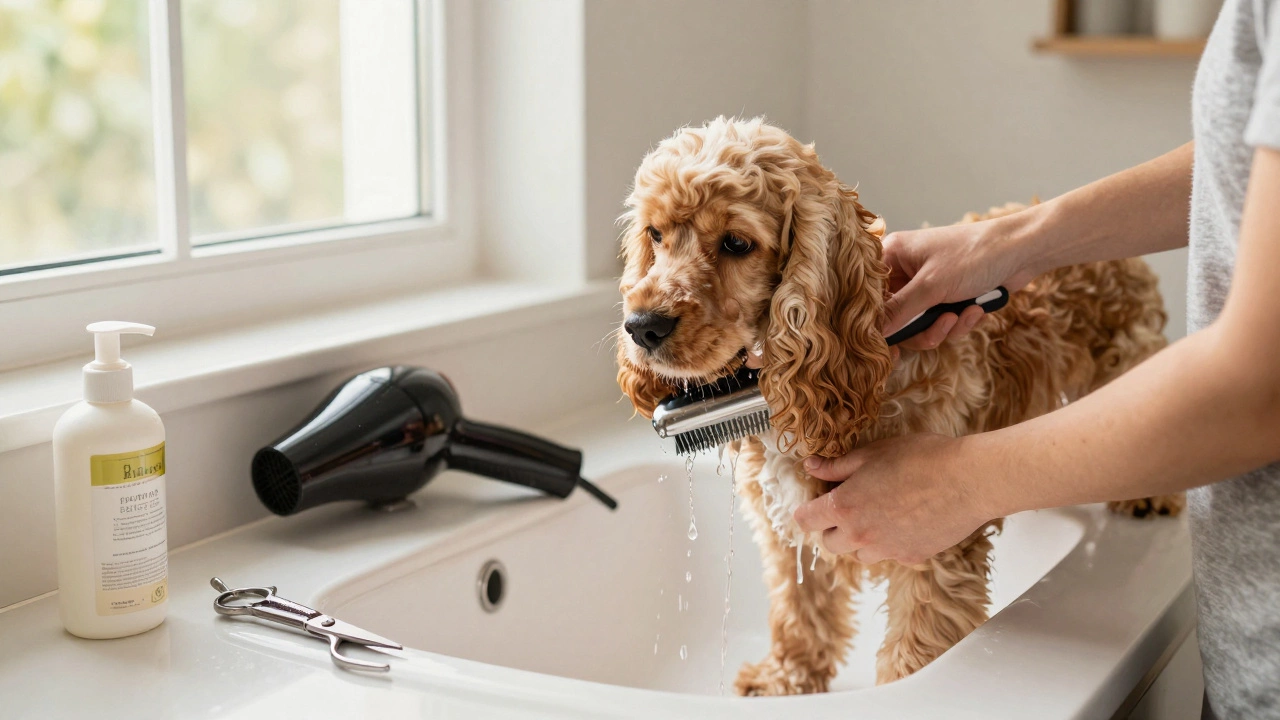Vaccination Schedule Concerns: What Every Pet Owner Should Know
When dealing with Vaccination schedule concerns, the worries pet owners have about timing, intervals, and safety of vaccines. Also known as vaccine timing questions, it can shape a dog’s health journey. vaccination schedule concerns encompass three main ideas: when to start, how often to repeat, and what to watch for after each shot. Ignoring any of these pieces can leave gaps in immunity or cause unnecessary stress.
Understanding Dog vaccinations, the core inoculations recommended for canine health helps you decide when to start and repeat shots. Core vaccines like DHPP (distemper, hepatitis, parvovirus, parainfluenza) and rabies form the backbone of protection, while non‑core options—such as leptospirosis or Bordetella—depend on lifestyle. These inoculations require regular veterinary visits, which means keeping a calendar and setting reminders becomes part of responsible pet care.
For puppies, the Puppy immunization schedule, a series of shots given at specific weeks of age is crucial to build early immunity. Most vets start at six to eight weeks, then repeat every three to four weeks until the puppy is about sixteen weeks old. This timeline aligns with the waning of maternal antibodies, ensuring the puppy’s own immune system takes over. Skipping a dose or delaying too long can leave the youngster vulnerable to serious diseases.
Even with proper timing, Vaccine side effects, the short‑term reactions some pets experience after a shot can raise concerns. Common signs include mild fever, a bit of lethargy, or a sore injection site that may swell for a day or two. Rarely, pets develop allergic reactions or more severe issues, which is why monitoring after each visit is essential. Knowing what’s normal lets you act quickly if something looks off, and it also eases the anxiety many owners feel.
Key Factors to Consider When Planning Vaccinations
Veterinarian recommendations act as the compass for any vaccine plan. Your vet assesses factors like age, breed, health history, and lifestyle to tailor a schedule that maximizes protection while minimizing risk. For example, a working dog that spends time outdoors may need extra boosters for Lyme disease, whereas a city apartment pet might skip that. Keeping open communication with your vet means you’ll get updates on new vaccine options or changes in recommended intervals.
Another piece of the puzzle is record‑keeping. Many owners rely on digital apps, but a simple printed chart on the fridge works just as well. Mark the date of each shot, the type of vaccine, and any reactions you notice. This record becomes handy when boarding, traveling, or switching vets. It also helps you spot patterns—if a particular vaccine consistently triggers a stronger reaction, you can discuss alternatives with your vet.
Lastly, don’t overlook the emotional side of vaccination schedule concerns. Many owners feel guilty about exposing their pets to needles, especially when they’ve heard horror stories online. Remember that vaccines undergo rigorous testing and are far safer than the diseases they prevent. By staying informed, you turn fear into confidence and can explain the benefits to friends or family who may be hesitant.
With these ideas in mind, you’ll be ready to tackle the whole range of topics you’ll encounter below: from timing the first puppy shot to handling a rare side effect, and everything in between. The articles ahead dive deeper into practical tips, real‑world examples, and expert advice, giving you a solid foundation for a safe, stress‑free vaccination journey.
Dog Vaccination Risks: Key Cons Every Owner Should Know
Explore the downsides of dog vaccination, from mild side effects to rare severe reactions, and learn how to protect your pet while minimizing risks.






